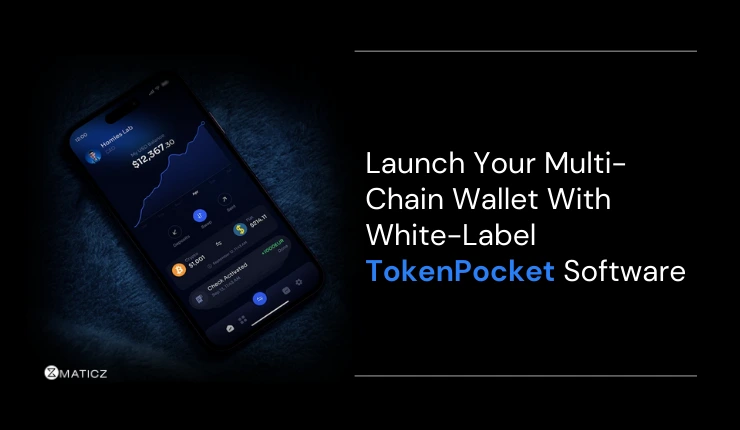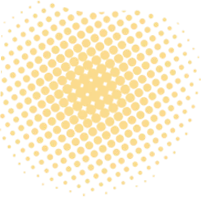Share Posts

What is the difference between Web3 and Web 3.0?
46
5136
103
Nobody would be unheard of this newest buzzword “Web3”. Many people believe that Web3 and Web 3.0 are the same things, while others believe they are not. This blog will clear up all of your confusion. Before delving into the differences between Web3 and Web 3.0, it is important to understand what they are.
What is Web 3.0?
Web 3.0 is the next stage of the web’s evolution after Web 2.0. An idea put out by Tim Berners Lee known as semantic web serves as a key part of the Web 3.0 concept. To manage information and make the internet smarter it utilizes artificial intelligence along with human-like intelligence.
In Web 3.0, all of the data is stored in a single location called the Solid pod which enables the users to oversee and regulate how the applications access data. To identify the users, pod makes use of a unique WebID which allows them to log in to the apps.
What is Web3?
Web3 is an open and decentralized internet backed up by blockchain. It decentralizes the internet by redistributing power away from tech giants who ruled Web2 and placing it back in the hands of individual users. To solve the problem of data ownership in Web 2.0, it works as a system for storing data that cannot be altered. Every transaction is synchronized with the computer network.
It strives to make users the ultimate deciders of who has access to what data. With the help of cryptocurrency wallets in which users can store the keys of all of their data and identities, Web3 can allow users to interact with other blockchain apps. Unlike its predecessors where the data entered in one platform gets shared in another platform, Web3 secures the data and shares it only with the user’s consent.
Web 3.0 Vs Web3 - The Difference Explained
Both the semantic web and the decentralized web, also known as Web 3.0 and Web3, respectively, seek to offer an improvement over the present web, which they both deemed to be faulty.
They do, however, differ in certain ways. Web 3.0 emphasizes efficiency and intelligence through the reuse and linking of data across websites, but Web3 is more concerned with security and empowerment by giving users back control over their data and identities.
They both employ various forms of technology, which is also quite important. While the semantic web includes data exchange technologies like RDF, SPARQL, OWL, and SKOS, the decentralized web is built on the blockchain. Data in Web 3.0 is easy to change, however, data in Web 3.0 is harder to change because it is dispersed over several locations.
In Web3, the data is kept in a web3 based cryptocurrency wallet, whereas in the semantic web, it is stored in a Solid pod. A web3 crypto wallet keeps the keys to assets that are decentralized and maintained on the blockchain, in contrast to the solid pod, which retains data centrally. This is a crucial distinction between these two webs of retention.
Web3's primary tenet is the elimination of intermediaries. For example, involving content producers and consumers directly in the transaction while ignoring third parties. Web 3.0 is the next step in the evolution of the web, moving toward a semantic internet to improve the machine-readability of web information.
Takeaway
The questions of whether these technologies will dominate the world collectively or whether they will succeed independently have no clear answers. Nobody is certain of what the future holds for us. But the truth is that both technologies are unique in their way and their goal is to provide users with a better internet experience. It is likely that the final iteration of the new internet, which will be more connected, decentralized, and user-centric, will incorporate innovative technologies and other strategies. Together, let's wait for Web 3.0 and Web 3 Internet revolution.
Keep up with Maticz, the top Web3 development company in the interim for continuous Web3 and Web 3.0 improvements.
Tap Into the Future
The latest insights, posts, and project updates - straight to your inbox.




